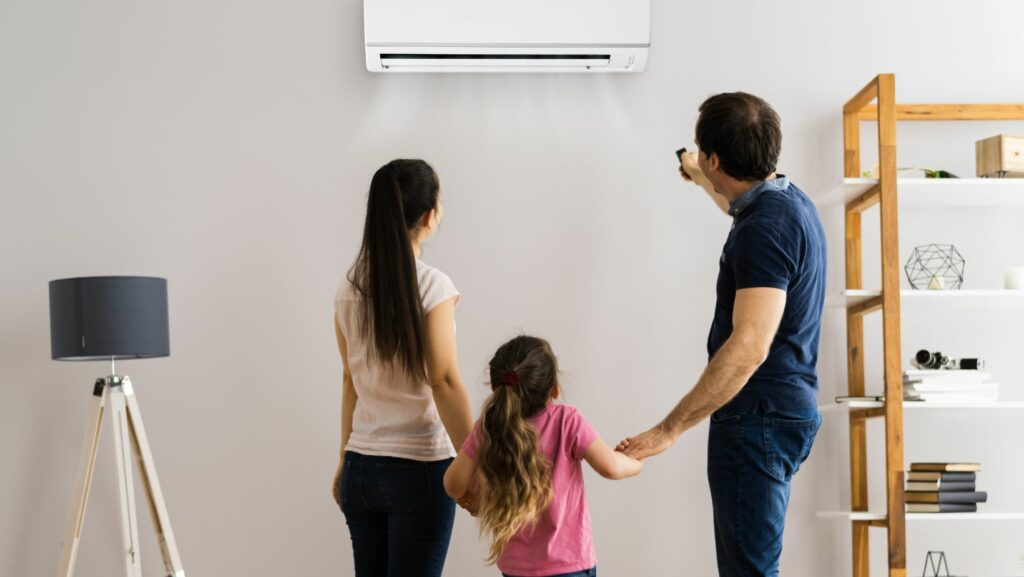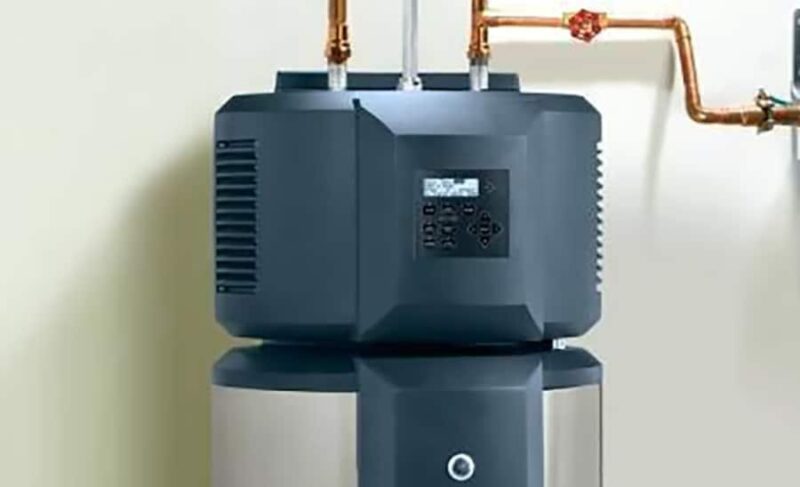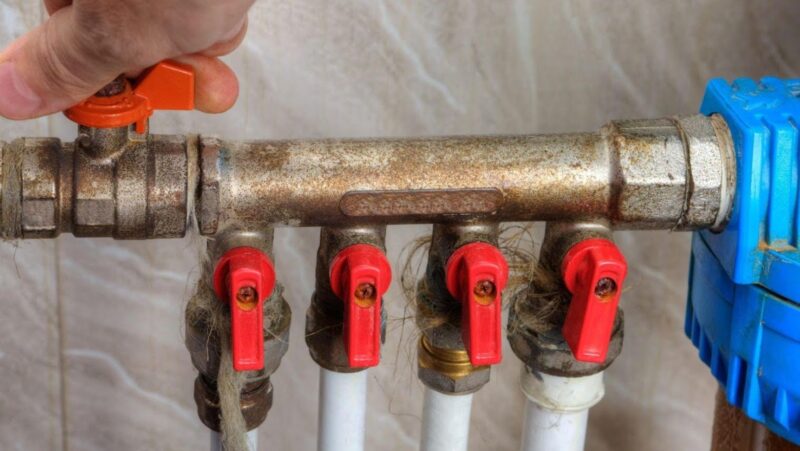
Air conditioning (AC) systems are a staple in most modern homes and offices, especially during the scorching summer months. But beyond the cooling comfort they provide, there’s a fascinating science at play behind the scenes. An often overlooked yet crucial part of this process is managing the liquid build-up or condensation that occurs within these systems. Without proper management, this liquid can cause problems ranging from inefficiencies to potential damages. Let’s dive into this liquid journey from its collection to its safe evacuation.
Understanding the Genesis of Liquid Build-Up
When your AC runs, it doesn’t just throw out cool air. It’s actively pulling moisture from the room, causing a temperature drop and leading to the condensation of water vapor. Think of it like a cold glass of lemonade on a hot day, with droplets forming on its outer surface. Similarly, as the AC cools the incoming warm air, water droplets form on the cold parts of the unit, leading to liquid build-up. This is where tools like condensate pumps come into play.
The Unsung Heroes: Condensate Pumps and More
The Role of Condensate Pumps
Central to the process of managing this moisture is the condensate pump. Its primary role? To collect the water (or condensate) that your AC system produces and ensure it’s efficiently removed from the unit. Without it, there’s a risk of water overflow, which could damage your AC or even seep into walls or floors.
Drain Pans: Collection Basins
Situated right beneath the cooling coils, these pans catch the dripping condensate. It’s imperative that they’re tilted correctly to guide the water toward the pump, ensuring no stagnant water remains.
Drain Lines: The Exit Routes
Once the water is collected, it needs a way out. Enter the drain lines. These tubes or pipes carry the condensate away from the AC unit, either disposing of it or directing it to areas where it can be reused.
Maintaining the Flow: Tips for Effective Liquid Management
Regular Cleaning is Key
Dirt, mold, or algae can block the flow of condensate, leading to potential overflows. Regularly cleaning drain pans and lines ensures the smooth exit of water.
Check the Pump
Like any equipment, condensate pumps can fail. Regular inspections ensure they’re operating efficiently and effectively, removing the liquid build-up.
Positioning Matters
Ensure your AC unit is level. A tilted unit can disrupt the flow of condensate, causing potential water accumulation in unwanted areas.
Potential Issues with Neglected Liquid Build-Up
Reduced Efficiency
Water that doesn’t exit the system can freeze, causing the AC to work harder and reducing its overall efficiency.
Water Damage
Unchecked water can overflow, leading to potential damage to walls, ceilings, or even floors.
Mold and Mildew
Stagnant water can be a breeding ground for mold and mildew, which can not only damage the system but also pose health risks to inhabitants.
Innovations in Liquid Build-Up Management
Smart Sensors
Modern AC units come equipped with sensors that alert users when there’s a blockage or if the condensate pump isn’t working effectively.
Eco-friendly Reuse
Some innovative systems are designed to reuse the collected condensate, directing it for purposes like landscaping or even as flush water in toilets.
Ensuring a Smooth and Cool Experience
While the primary purpose of an AC system is to provide comfort during those sweltering days, it’s the little components behind the scenes that ensure its smooth operation. From collection basins to the indispensable condensate pumps, every part plays a crucial role in managing liquid build-up.
By understanding and respecting this process, users can ensure longer system lifespans, reduced maintenance costs, and, most importantly, a consistently cool and comfortable environment. So, the next time you’re enjoying a respite from the heat, spare a thought for the intricate dance of droplets happening inside your AC, and give a silent nod of appreciation to the systems and tools that make it all possible. Stay cool and stay informed!





